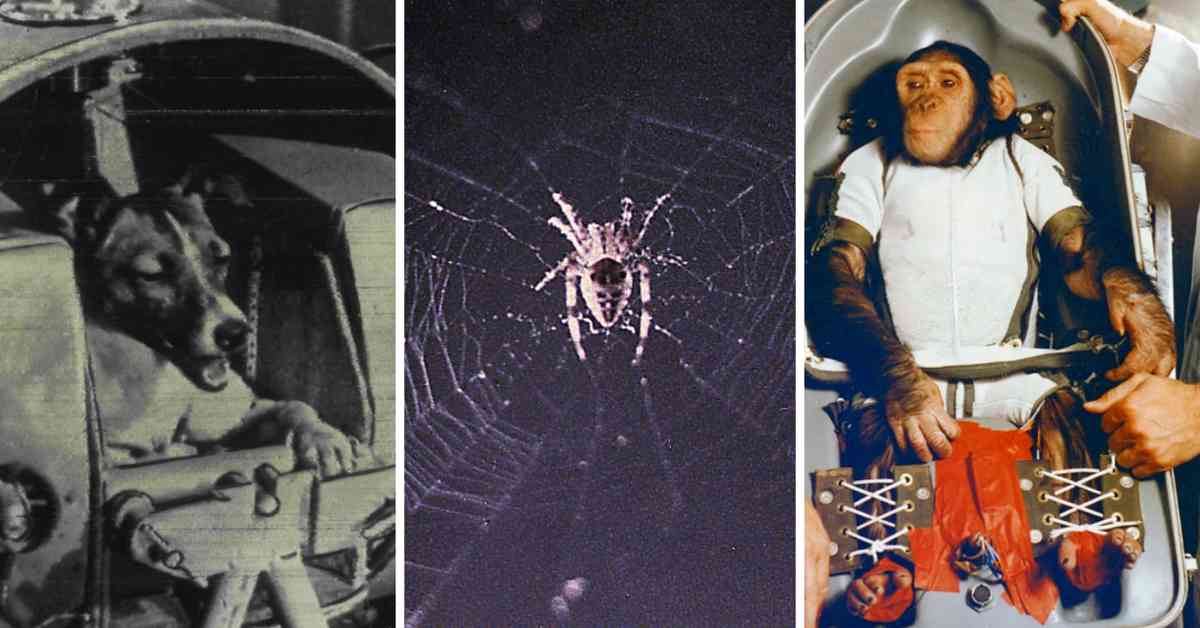Tardigrades and baby Hawaiian bobtail squid were sent into space on a SpaceX flight in 2022 for scientific research purposes. The squid are currently on the International Space Station where they are being studied to understand how prolonged space travel might impact astronaut health. On the other hand, the water bears, also known as tardigrades, are being used as educational tools to learn more about survival mechanisms in space.
Thomas Boothby, a biologist from the University of Wyoming and the principal investigator of this study, mentioned that tardigrades could potentially provide valuable insights into astronaut health and safety. The main goal of the research is to observe the survival strategies of these tiny creatures in space and investigate whether these strategies remain consistent across generations or evolve over time. The unpredictable nature of these experiments adds an element of excitement and curiosity to the study.
The inclusion of both tardigrades and squid in this space mission highlights the importance of studying various life forms in extreme environments. By examining how these organisms adapt and thrive in space conditions, scientists hope to gain a better understanding of how human beings can prepare for long-term space missions, such as future missions to Mars or beyond.
The resilience and adaptability of tardigrades, often referred to as “water bears,” have long fascinated researchers due to their ability to withstand extreme conditions on Earth. By exposing them to the harsh environment of space, scientists can explore new frontiers in biology and space exploration. The inclusion of baby Hawaiian bobtail squid in this mission adds another layer of complexity to the study, as researchers seek to understand the effects of microgravity on the symbiotic relationship between the squid and the beneficial bacteria living in their light-producing organs.
As we look towards the future of space exploration, the lessons learned from these animal astronauts could prove invaluable in ensuring the health and safety of human astronauts on long-duration space missions. By leveraging the unique characteristics of tardigrades and squid, scientists are pushing the boundaries of knowledge and paving the way for new discoveries in space biology.
In conclusion, the journey of these animal astronauts represents a significant milestone in the field of space exploration. Their participation in this groundbreaking research not only expands our understanding of life in space but also opens up new possibilities for human spaceflight. As we continue to unravel the mysteries of the universe, the resilience and adaptability of these tiny creatures serve as a reminder of the incredible diversity and complexity of life on Earth and beyond.

